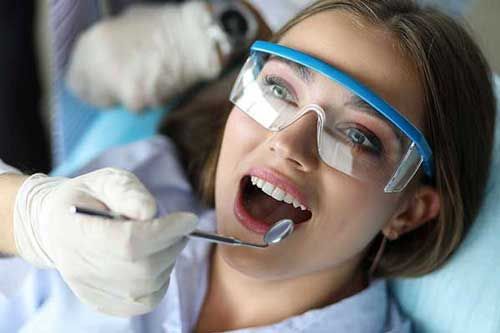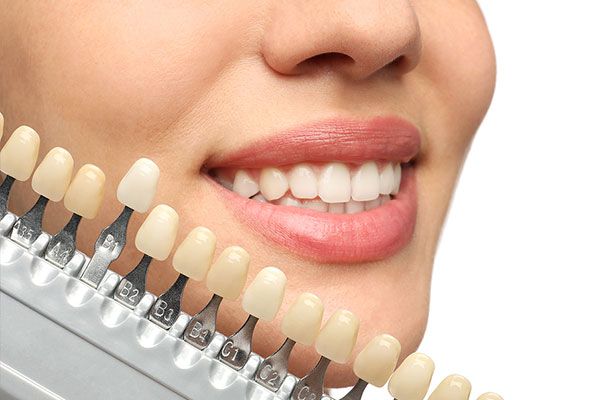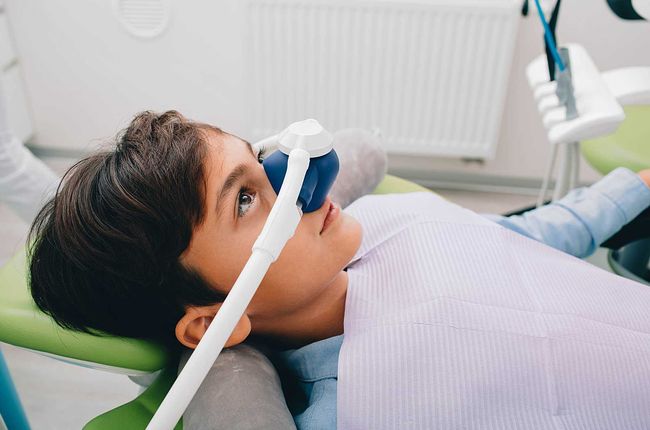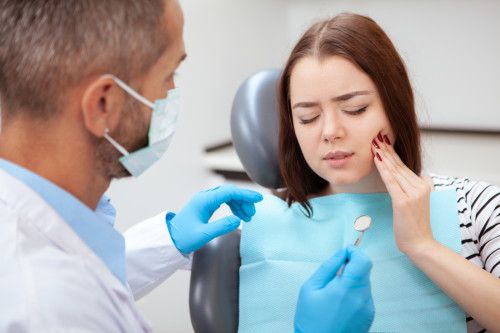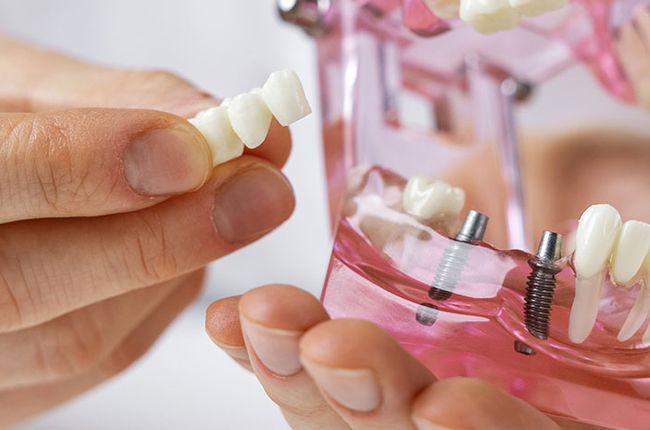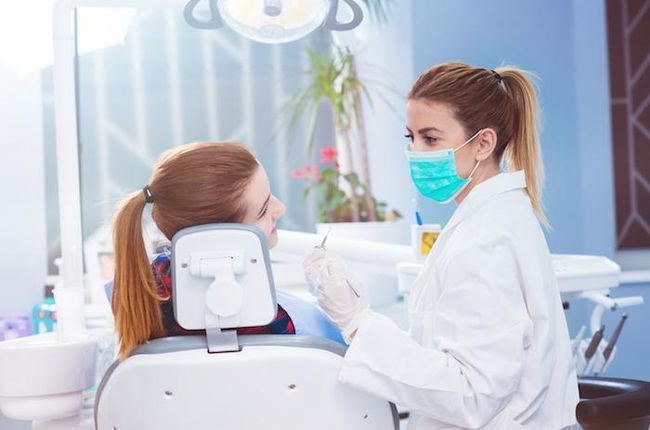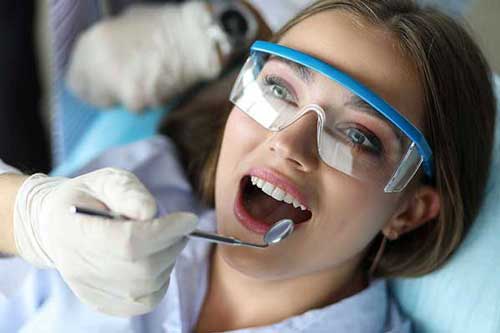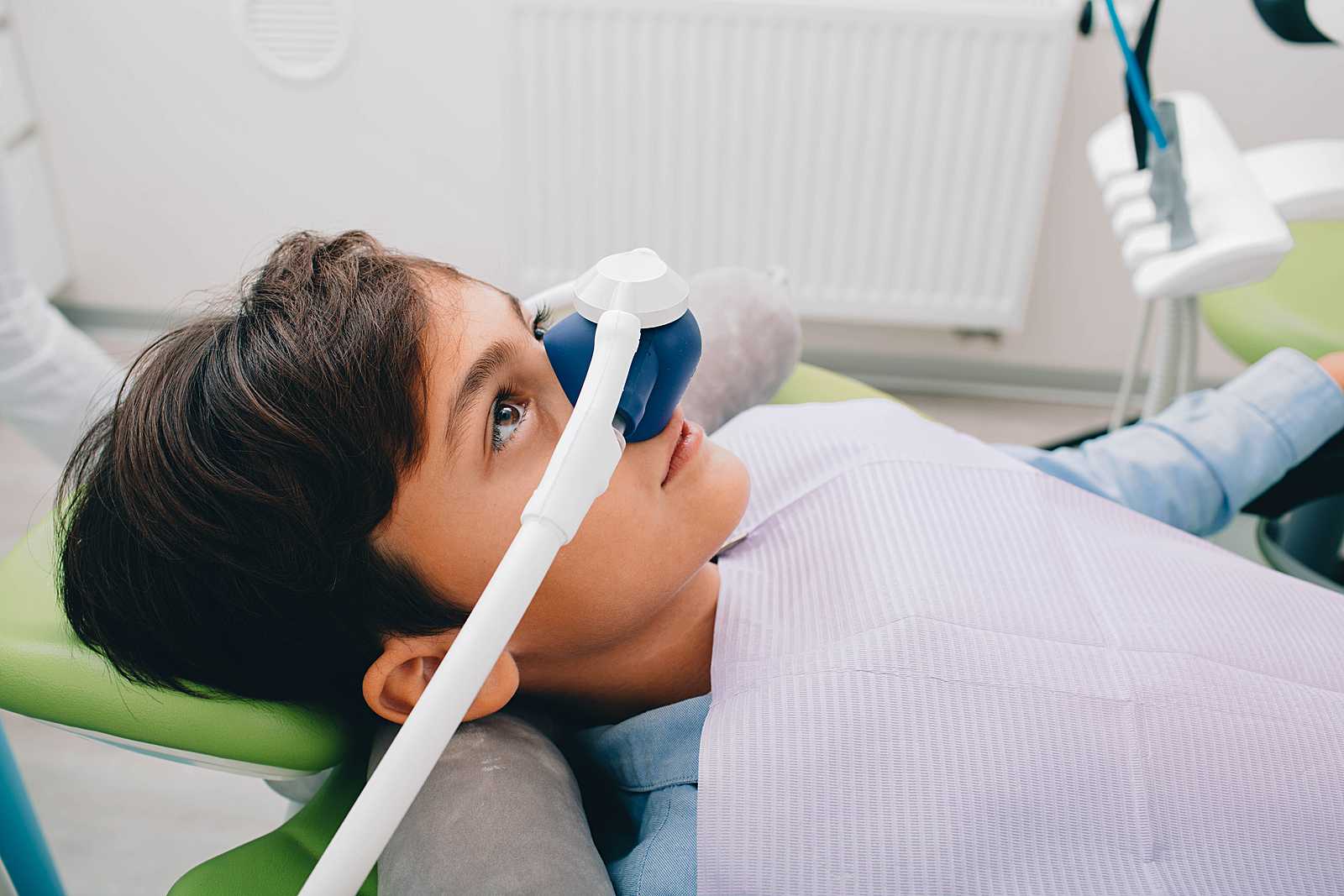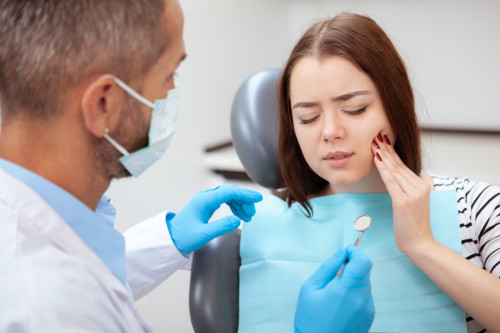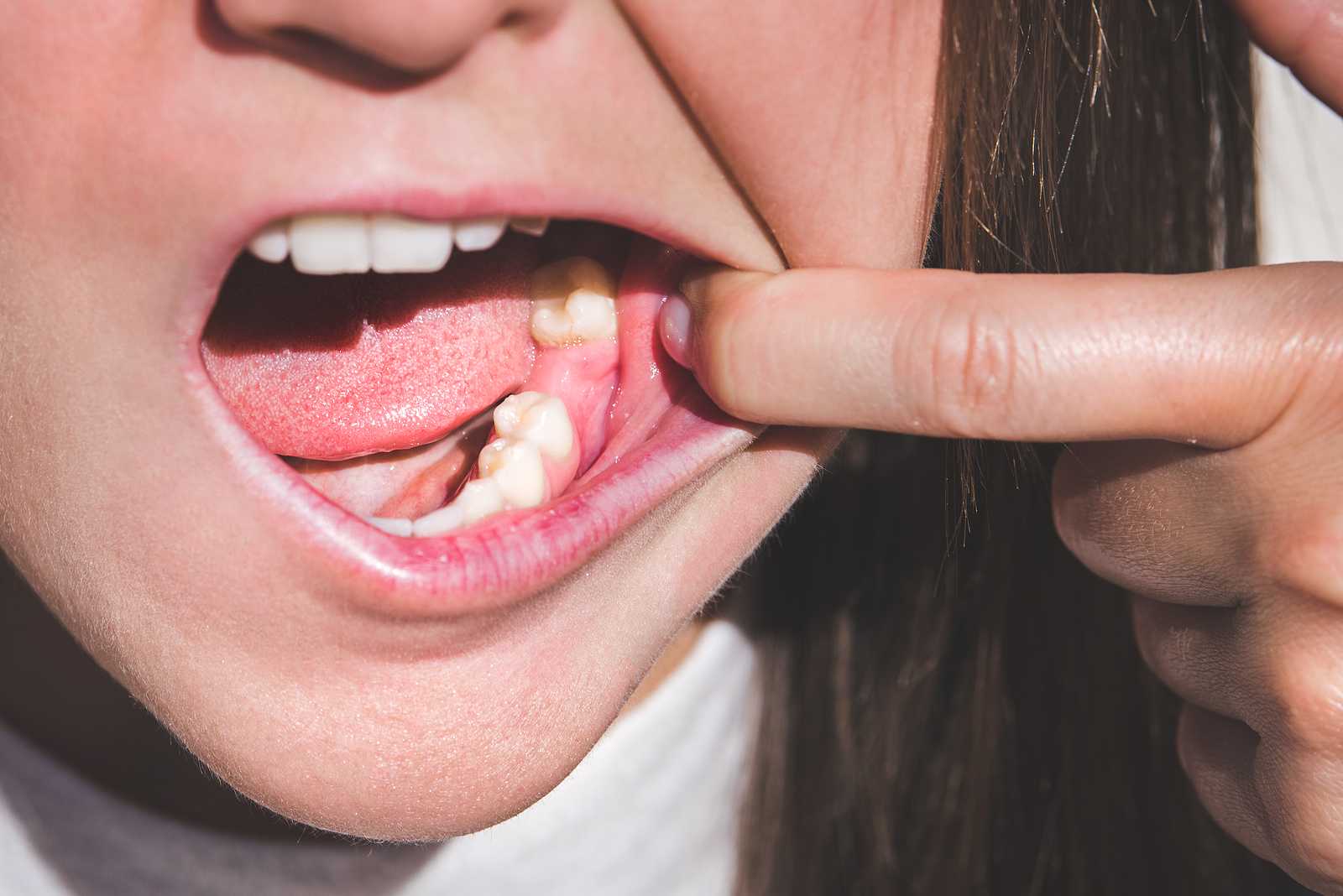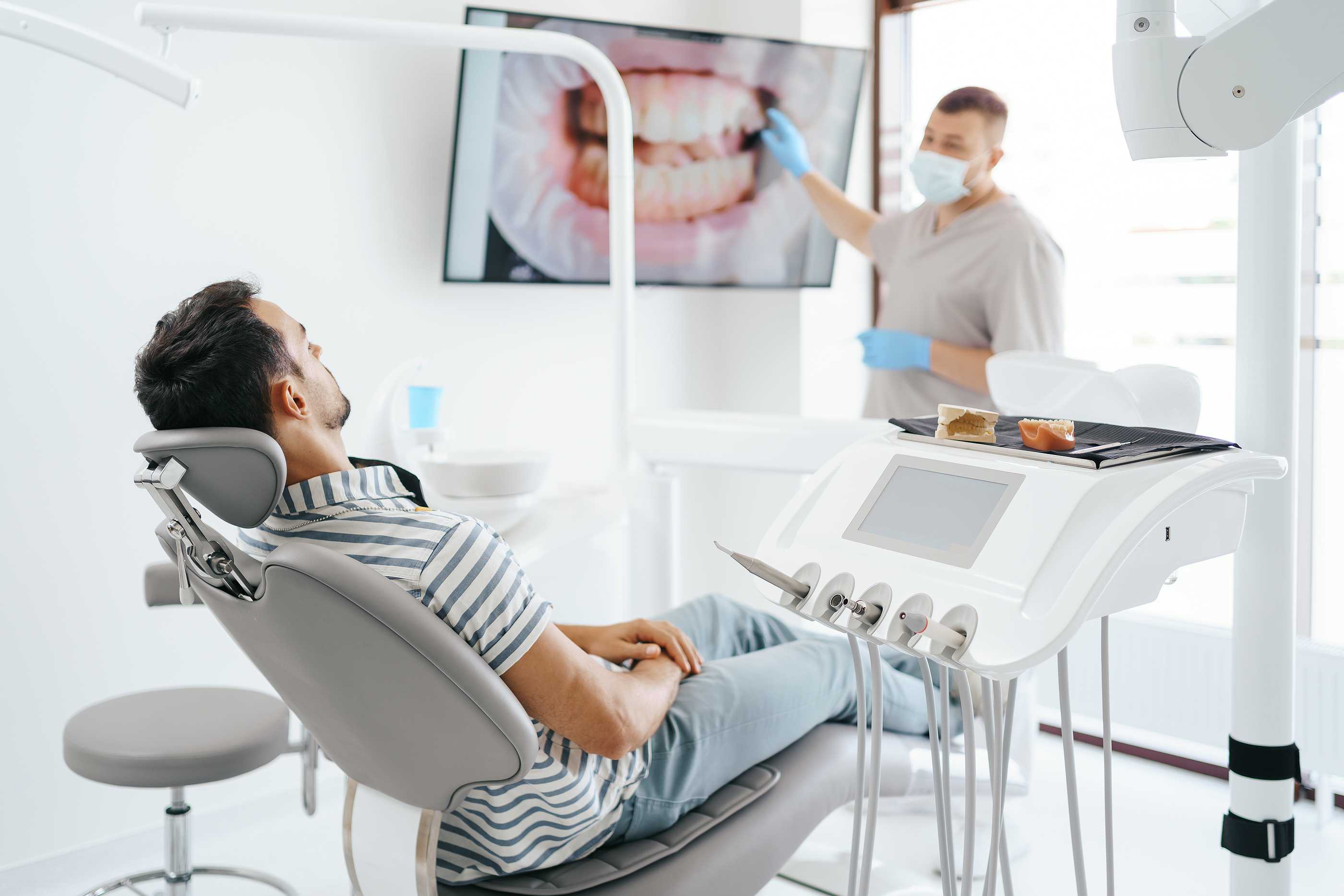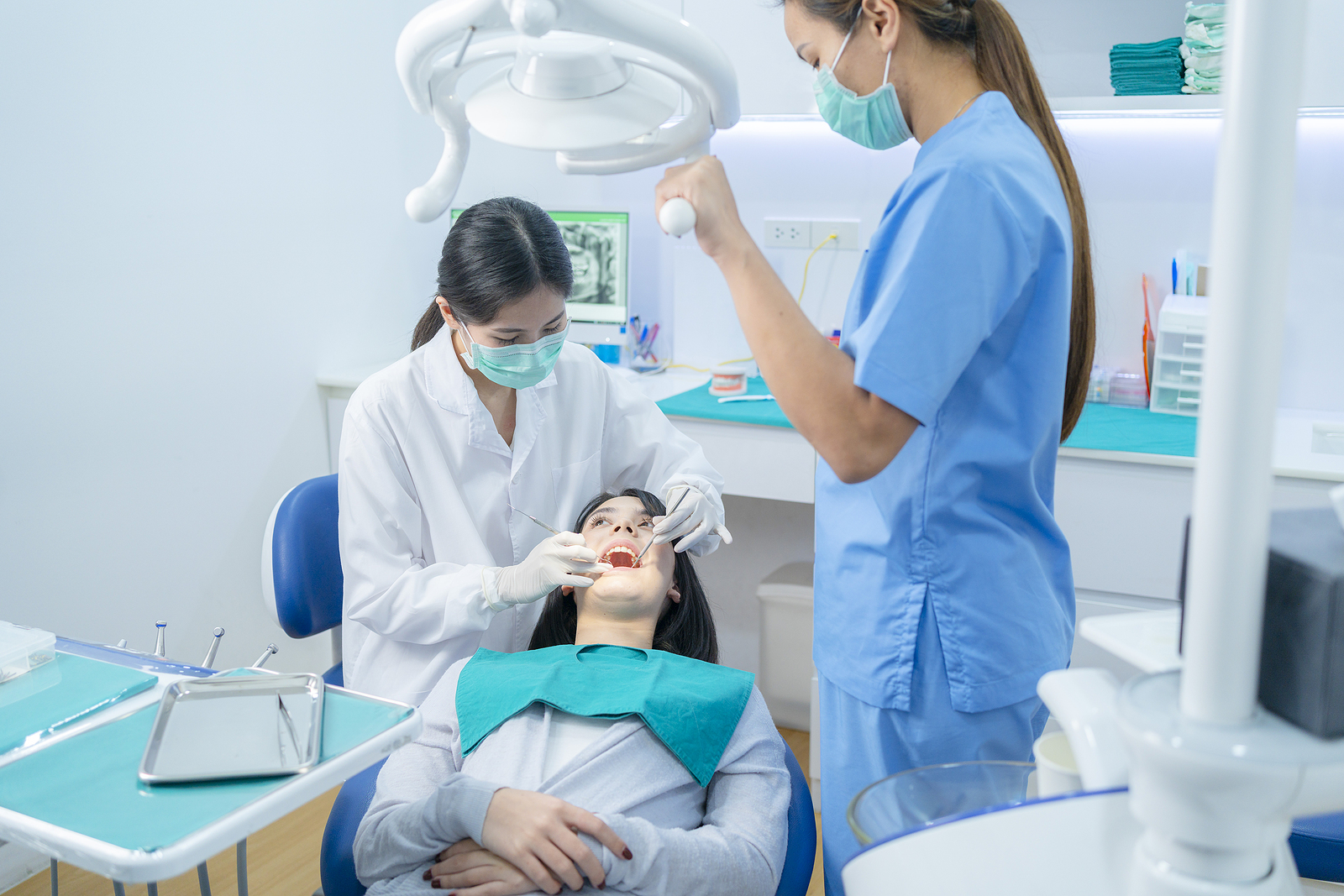Digital X-Ray in Springfield, MO
Technology is evolving with each passing day. It has already spread its wings to cover various fields and arenas, and dentistry is one of them. One classic example of how dental technology has evolved is digital X-rays. Today, most dental clinics have replaced traditional X-rays with digital counterparts. We use the latter to get quicker results, and our patients experience less radiation.
What Is a Digital X-Ray?
Digital X-ray or digital radiography is a type of X-ray imaging used by dentists to get a detailed account of the oral structures, including teeth, soft and hard tissues, tooth roots, and bony structures.
How Does it Work?
Digital X-ray is similar to the traditional X-ray, except we use a digital X-ray sensor instead of the traditional photographic X-ray film. The sensor, connected to the computer, captures the images and produces enhanced images on the screen instantly.
Types of X-Rays
Bitewing
In this, we ask you to bite down on the sensor holder to get the image of the crown (the visible part of your teeth). We use this X-ray to check for interproximal cavities (cavities between teeth), fit of crowns, restorations, and bone levels.
Periapical
It captures the image of the whole tooth from the tip of the crown to a little beyond the root tips in the jaw. We use it to check for abnormalities or infections of the roots and the surrounding bone structure.
Occlusal
It shows the roof or floor of the mouth. We use occlusal X-rays to diagnose anatomical abnormalities, such as the cleft palate and conditions like an abscess, cysts, jaw fractures, and extra teeth.
Panoramic
The machine rotates around your head to capture the image of the entire mouth to show all the teeth in both the arches. It is used to detect impacted wisdom teeth, plan treatment for gum diseases and dental implants, and investigate problems with jaws.
Benefits of Digital Dental X-Rays
- Uses 90% less radiation as compared to traditional X-rays.
- The image can be viewed immediately.
- More accurate and clear images.
- No preparation time is required.
- Allows for enlarging the image to fortify the diagnosis.
- Environment-friendly.
Please reach out to iTooth in Springfield, MO, to have a consultation with our dentists, Dr. Robbins or Dr. Fincel. Call Dentist in Springfield MO at (417) 883-8515 or schedule an online consultation, and we’ll guide you further.

